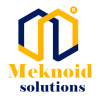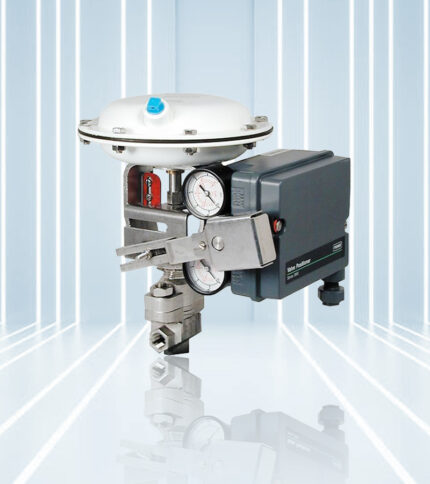Description
The Pressure Reducing Valve plays a crucial role in maintaining optimal fluid pressure levels in industrial systems. As fluid enters the valve at high pressure, it passes through an internal mechanism that regulates the flow and reduces the pressure to a predetermined lower level. This controlled pressure is then maintained at the outlet, ensuring safe and stable operation of downstream equipment and processes. Our Pressure Reducing Valve is engineered to deliver precise and consistent pressure regulation across varying flow rates and operating conditions. With its adjustable setpoint and fine-tuned control mechanism, the valve allows operators to maintain desired pressure levels with accuracy and reliability.
The compact and robust design of our pressure reducing valve makes it suitable for installation in tight spaces and harsh environments. Constructed from high-quality materials, the valve offers durability and longevity, ensuring reliable performance even in demanding industrial settings. Key features of our Pressure Reducing Valve include a corrosion-resistant body, resilient sealing materials, and a variety of actuation options (manual, pneumatic, electric) for flexibility in operation. Whether used in water distribution networks, process industries, or hydraulic systems, our pressure reducing valve provides efficient pressure management and protection for downstream equipment.
Benefits
- Pressure Control: The Pressure Reducing Valve regulates fluid pressure, ensuring that downstream equipment receives a consistent and safe pressure level for optimal performance.
- Equipment Protection: By reducing high inlet pressures to lower outlet pressures, the valve protects downstream equipment from damage caused by excessive pressure, prolonging equipment lifespan.
- Energy Efficiency: Maintaining stable pressure levels helps optimize energy consumption by preventing over-pressurization and reducing unnecessary energy waste.
- Water Conservation: In water distribution systems, the valve helps conserve water by controlling pressure and minimizing leaks and water loss due to high pressure conditions.
- Safety Assurance: Ensures safety in industrial processes by preventing pressure surges that could lead to accidents or equipment failures, enhancing overall workplace safety.
Technology
- Pressure Sensing Mechanism: Utilizes a pressure sensing mechanism to detect changes in inlet pressure and adjust the valve’s opening to maintain the desired outlet pressure.
- Pilot Control: Some pressure reducing valves feature pilot control systems that use feedback from downstream pressure sensors to fine-tune pressure regulation and ensure precise control.
- Self-Contained Design: Incorporates all necessary components within the valve body, including the sensing element, control mechanism, and regulating element, for compact and efficient operation.
- Adjustable Setpoint: Offers an adjustable setpoint feature that allows operators to customize the desired outlet pressure according to specific application requirements.
- Fail-Safe Design: Incorporates fail-safe features such as pressure relief mechanisms or bypass valves to prevent over-pressurization and ensure system safety in case of valve failure.
Reliability
- Robust Construction: Built with durable materials such as stainless steel, brass, or ductile iron, pressure reducing valves are designed to withstand harsh industrial environments and maintain reliable performance over time.
- Corrosion Resistance: Features corrosion-resistant coatings or materials to protect against the effects of corrosive fluids or harsh operating conditions, ensuring long-term reliability.
- Tight Shut-Off: Provides tight shut-off when the valve is closed, preventing leakage and ensuring reliable pressure control without pressure fluctuations.
- Minimal Maintenance: Requires minimal maintenance due to its robust construction and self-contained design, reducing downtime and operating costs.
- Compliance: Manufactured to comply with industry standards and regulations for pressure control devices, ensuring quality, reliability, and safety in various applications.









